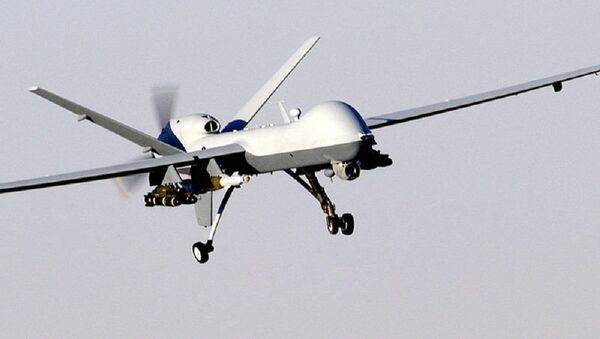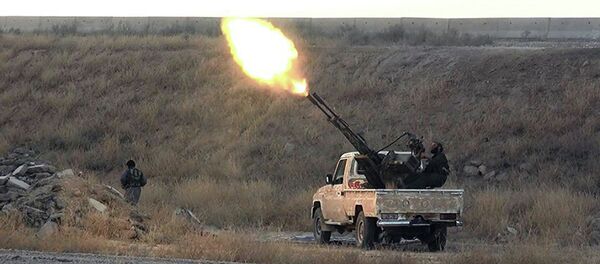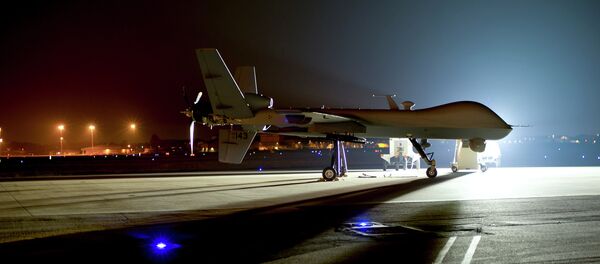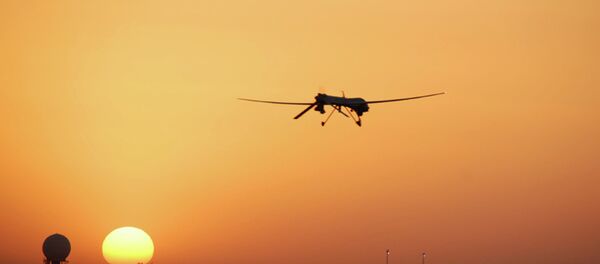According to Defense News, the US Air Force’s operations needs requires it to produce around 300 active-duty pilots per years, but has only been able to reach 190. The service additionally loses about 230 each year, leaving behind a relatively small squadron of overworked and overstressed drone pilots.
"The RPA [Remote Piloted Aircraft] community has been operating at surge capacity for eight years," Air Force spokesman Lt. Col. Chris Karns said.
The Air Force has subsequently planned several moves to address the chronic shortage, beginning with the most obvious way to retain employees – offer them more money.
Beginning in the fiscal year 2016, MQ-1 Predator and MQ-9 Reaper drone pilots will be offered a retention bonus of $15,000 annually if they agree to serve an additional five to six years at the end of their first six year commitment. Depending on how long they choose to stay, the pilots could end up collecting either $75,000 or $135,000 by the end of their service, and will even be offered the option of collecting half that amount upfront.
In addition, the service also plans to directly transition pilot training graduates to drone squadrons. Typically, all graduates are required to fly conventional aircrafts, ranging from C-17 cargo planes to F-16 fighter jets, before moving onto piloting RPAs. The next batch of 80 graduates will instead be automatically assigned one tour in drone duty, usually lasting up to three years, before they can choose to fly manned aircrafts.
"In a complex global environment, RPA pilots will always be in demand," Air Force Secretary Deborah Lee James said in a press release. "Remarkable airmen have ensured the success of MQ-1/9 programs. We now face a situation where if we don’t direct additional resources appropriately, it creates unacceptable risk."
"This is a high demand mission set," James added. "It is a national security imperative that we this right."
The Air Force also has plans to spend over $100 million on new equipment to help increase the capacity of drone provided video surveillance.
About 61 drones are airborne somewhere around the globe each day, a number that has actually dropped since April. At the time, US Defense Secretary Ash Carter approved the gradual reduction of air patrols from 65 a day to 60 in response to the growing strain on drone pilots. The flight patrols are expected to hit their target of 60 flights a day by October.
"It’s one of those situations where this decision needed to be made to ensure the long-term viability of the RPA enterprise," Karns said about the new program policies. “This will put us in a position to get healthy and be able to provide enhanced support going into the future."





